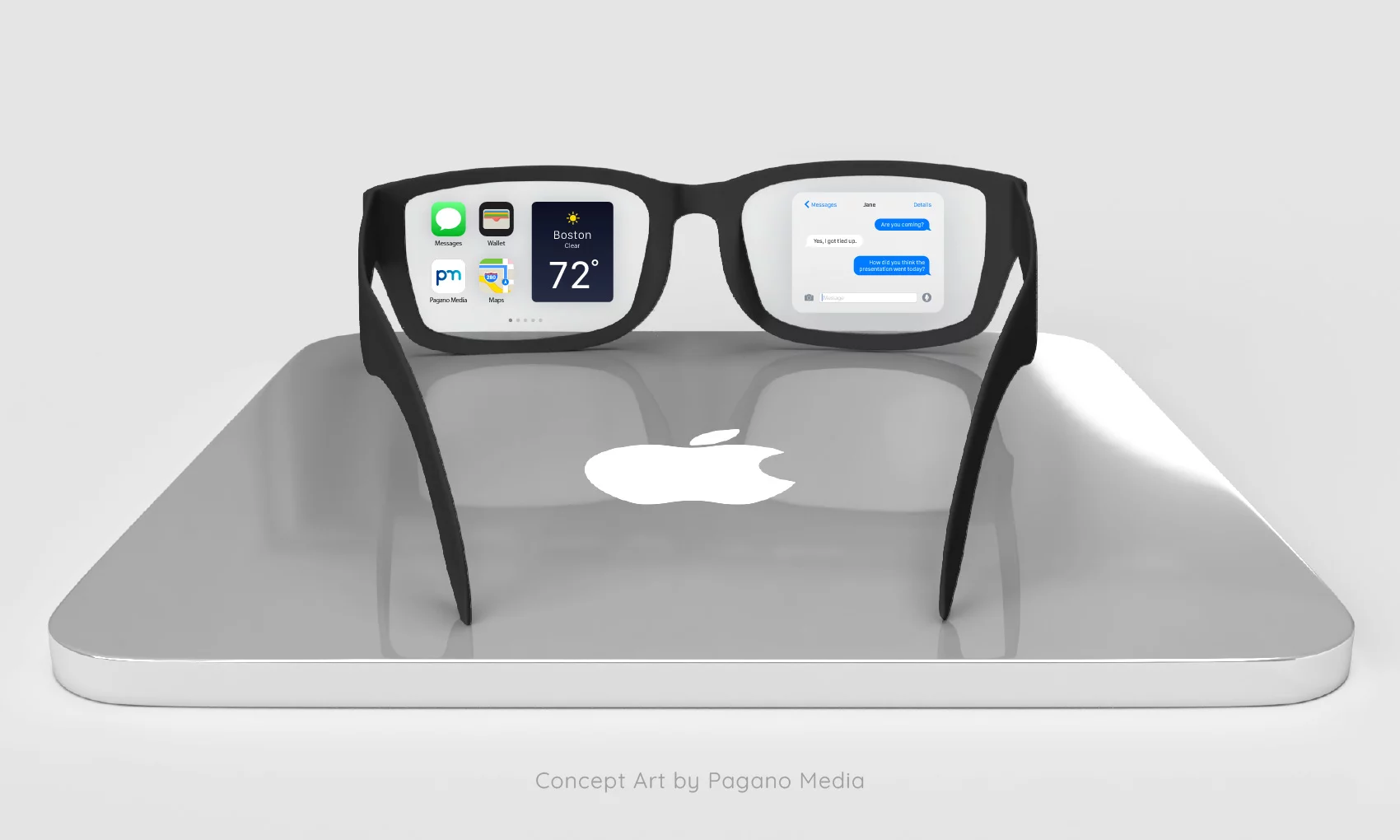Apple’s Liquid Glass Design Establishing Foundation for AR Eyewear
Apple’s most significant software design change in over a decade was unveiled at the WWDC 2025 event: Liquid Glass.
This visual redesign provides a preview of the potential features of Apple’s rumored AR spectacles, which are expected to be released next year.
The new design of Liquid Glass is heavily influenced by Apple’s Vision Pro VR headset, which is why users are connecting it to prospective AR spectacles.
Liquid Glass is named after the concept that each display on a phone is akin to a pane of glass, which is both transparent and slightly reflective.
Apple has not yet resolved the issues associated with adjusting opacity in its developer beta, despite the fact that it provides the screen with a more refined appearance.
The Vision Pro was not a commercial success, as it was priced at $3,500 and, unlike a computer, has not been indispensable to our daily existence.
However, the UX design of the Vision Pro is noteworthy due to its ability to alleviate the disorientation associated with donning a headpiece.
Apple capitalized on its mixed reality capabilities by superimposing windows over a user’s real-world surroundings, rather than a synthesized background, to alleviate the discomfort associated with prolonged immersion in virtual reality.
Apple may not be able to persuade individuals that they require a $3500 headgear; however, in order to remain competitive with competitors such as Meta’s Ray-Bans and Google’s relaunched smart glasses, Apple must enter the market for this lighter hardware.
One of Apple’s assets as a company, which distinguishes it from Meta and Google, is its reputation for modern, graceful designs (with the exception of “the notch”).
As per Bloomberg’s Mark Gurman’s reports, these spectacles would be equipped with cameras, microphones, and speakers like their competitors.
Siri, who is still anticipating her own transformation, would be integrated and capable of assisting with phone calls, audio playback, live translation, and turn-by-turn directions.
Users would be able to observe notifications, images, and other overlays on a display.
news via inbox
Get the latest updates delivered straight to your inbox. Subscribe now!




